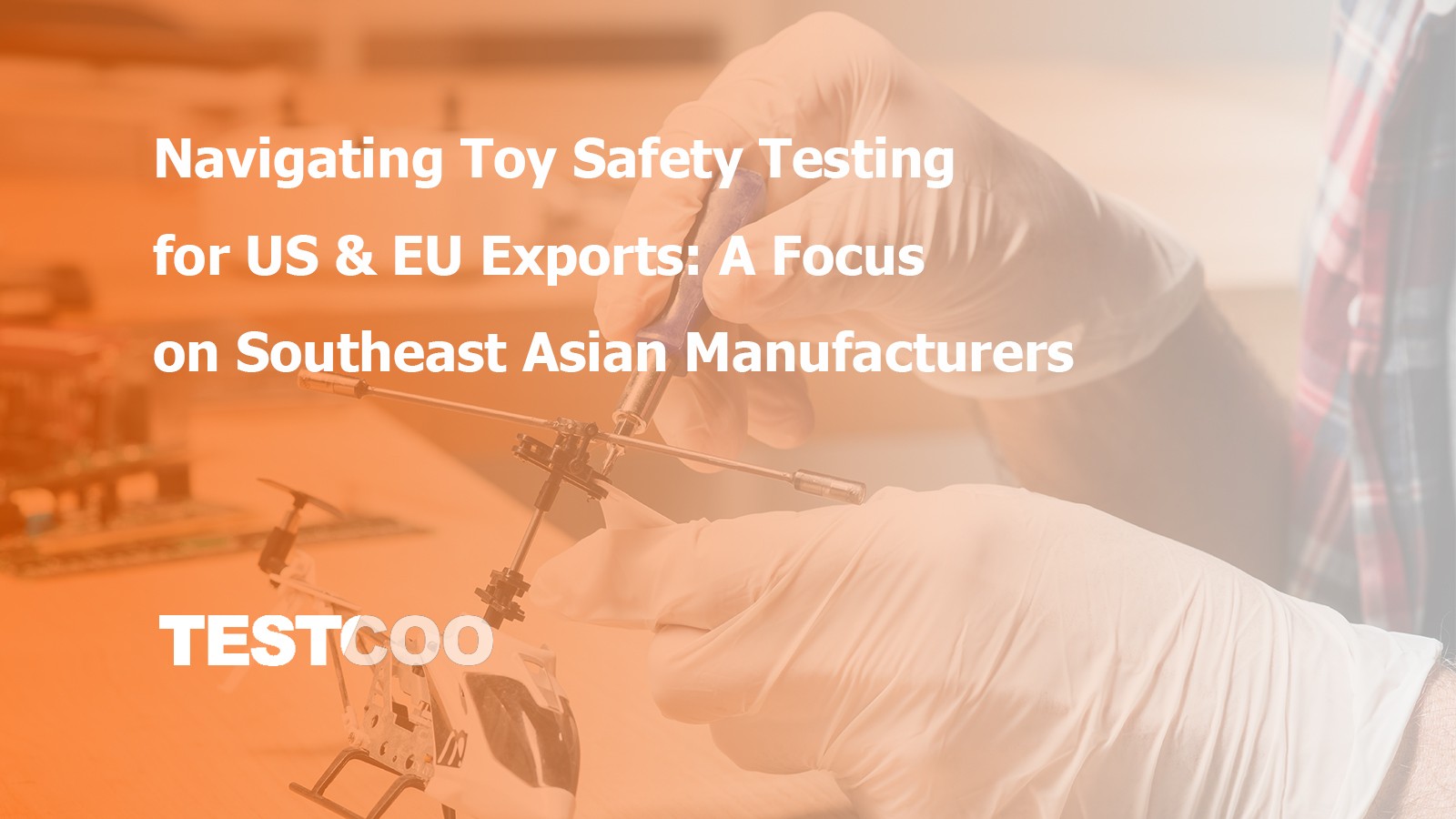Understanding the Factors Influence the Cost of Inspection in China
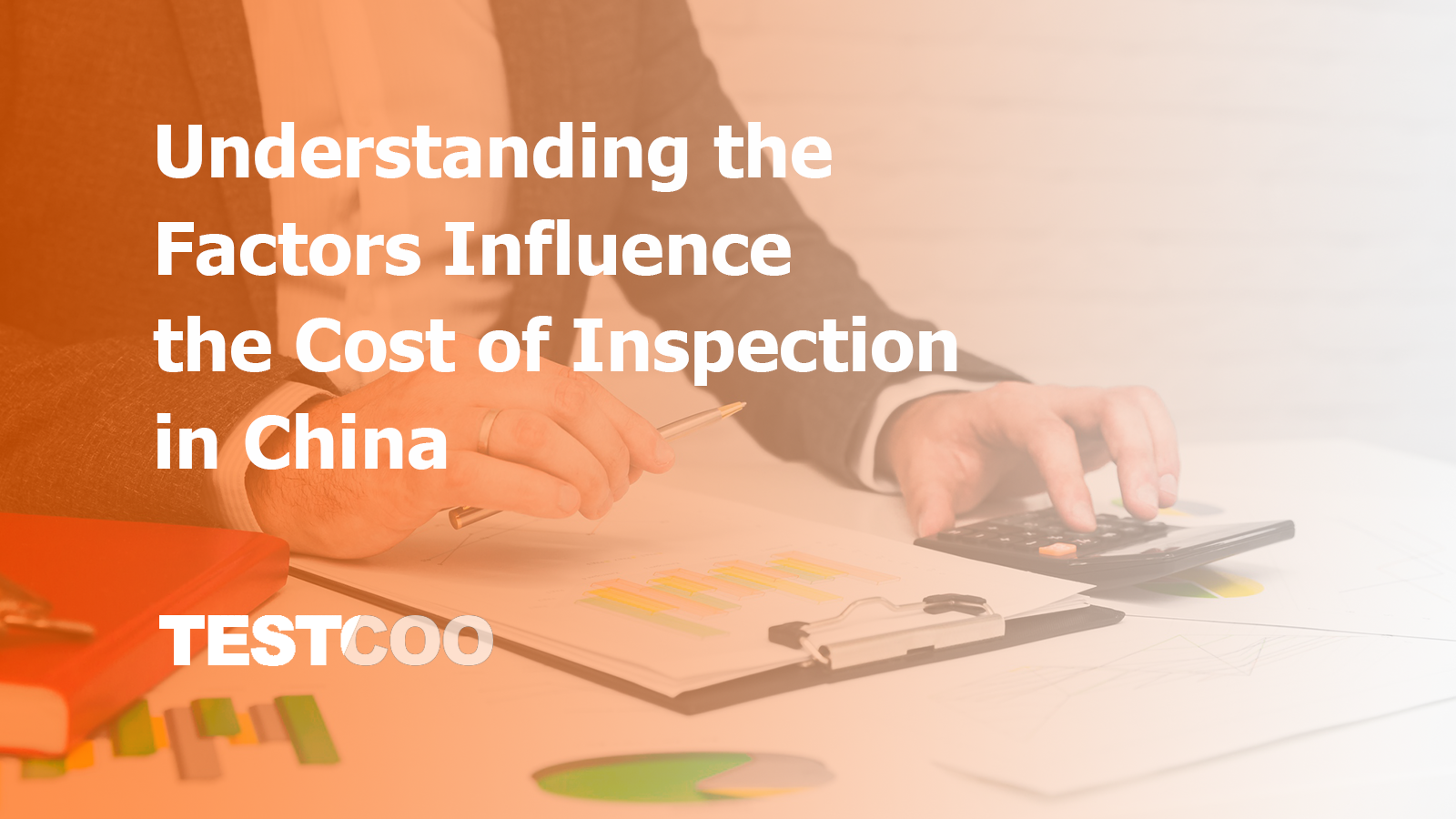
In today’s globalized supply chain, third-party inspections play a critical role in ensuring product quality, compliance, and risk mitigation. However, the cost of these services can vary significantly based on multiple factors. This blog explores the key determinants of third-party inspection fees, cost structures across different scenarios, and how Testcoo can help you manage quality without compromising your budget.
1. Understanding the Cost Components of Third-Party Inspections
1.1 Base Inspection Fees
Project complexity: The base inspection fee is significantly influenced by the complexity of the project. For instance, when inspecting consumer electronics, a simple visual check for cosmetic defects might be relatively straightforward and cost-effective. However, if the inspection requires in-depth technical analysis, such as checking the functionality of advanced semiconductor components, the fee will be much higher. Chemical analysis, like testing the purity of a pharmaceutical ingredient, involves sophisticated equipment and highly trained personnel, making it more expensive than basic visual inspections.
Sample volume: Sample volume also plays a crucial role in determining the base fee. High-volume orders often benefit from economies of scale. For example, a clothing manufacturer ordering a million T-shirts for inspection can negotiate a lower per-unit inspection cost compared to a small-scale order of a few hundred items. In the case of bulk orders, inspection companies can optimize their resources, such as using more efficient sampling methods, which leads to cost savings that can be passed on to the client. Conversely, small batches require more attention per unit, driving up the per-unit inspection cost.
Methodology: The inspection methodology employed is another determinant of the base fee. Advanced inspection techniques, such as X-ray fluorescence used to analyze the elemental composition of metals or climate chamber testing to evaluate a product's performance under extreme environmental conditions, demand specialized and costly equipment. These methods also require technicians with specific skills and training, all of which contribute to higher inspection costs.
1.2 Additional Charges
Expediting Services: In many cases, clients may require expedited inspection services due to tight production schedules or unforeseen delays. Rush orders typically incur an additional charge, usually around 20-30% of the base fee. For example, if a toy manufacturer realizes a production delay and needs to rush ship its products for the holiday season and requests an inspection within 24 hours instead of the standard 5-day turnaround, they will have to pay the extra fee to ensure the inspection is completed promptly.
Sample Handling: Specialized sample handling can lead to additional charges. This may include requirements for specialized storage conditions, such as storing temperature-sensitive samples in climate-controlled facilities. Transportation of samples also matters; if samples need to be shipped via express courier services or require special handling during transit to maintain their integrity, it will add to the cost. Pre-treatment of samples, like sterilization for medical device inspections, is another factor that can result in extra charges.
Certifications: Obtaining certifications such as ISO, CE, or FDA compliance often involves third-party audits, which come with their own set of fees. These audits ensure that a product meets the specific standards set by these organizations. For example, a medical device company seeking FDA approval will have to pay not only for the inspection of its products but also for the FDA-mandated audits, which can be quite expensive due to the strict regulatory requirements and the need for highly qualified auditors.
2. Key Factors Influencing Inspection Costs
2.1 Project Specific Variables
Industry standards: Different industries have distinct regulatory requirements, which significantly impact inspection costs. In highly regulated sectors such as aerospace and medical devices, inspections must adhere to extremely strict standards. For example, in aerospace, components need to be inspected for their ability to withstand high-stress environments during flight. This requires not only advanced inspection equipment but also inspectors with in-depth knowledge of aerospace engineering and safety regulations. In the medical device industry, products like pacemakers must meet rigorous quality and safety standards to ensure patient well-being. Inspections involve comprehensive testing for biocompatibility, functionality, and reliability, all of which contribute to higher costs compared to less regulated industries like consumer goods.
Geographic location: The location where the inspection takes place can also affect costs. Inspections in remote areas, such as rural parts of China or some regions in Southeast Asia, often require additional resources. Travel surcharges are common in such cases. Inspectors may need to travel long distances, sometimes by car or even charter flights in very remote areas. Accommodation costs during their stay in these locations can also be high, especially if there are limited options. For example, if a company needs to inspect products manufactured in a small factory in a rural area of Vietnam, the inspection company will have to factor in the cost of transporting the inspector to the site, their accommodation during the inspection period, and any additional costs associated with operating in a remote location.
Read more:Why Apparel Inspections Differ in China, India and Bangladesh | Testcoo
2.2 Market and Vendor Dynamics
Vendor reputation: The reputation and accreditation of the inspection vendor play a crucial role in determining the cost. Accredited labs, such as those with CNAS (China National Accreditation Service for Conformity Assessment) or CMA (China Metrology Accreditation) certifications, are more likely to charge higher fees. These accreditations signify that the lab has met certain quality and technical standards, and their reports are more credible in the market. For example, a company looking to export its products to the European Union may prefer an inspection by a CNAS accredited lab to ensure that the inspection results are recognized by EU authorities. The higher cost is due to the investment these labs have made in maintaining their accreditation, including regular audits, staff training, and state-of-the-art equipment.
Know more about CNAS:China National Accreditation Service for Conformity Assessment
Seasonal demand: Seasonal fluctuations in demand can also influence inspection prices. During peak production periods, such as the pre-holiday season for toy manufacturers or the lead-up to major shopping festivals like Singles' Day in China, the demand for inspection services surges. Manufacturers are in a rush to get their products to market, leading to increased competition for inspection resources. As a result, inspection companies may raise their prices. For instance, a clothing brand that wants to have its new collection inspected right before the start of the winter season may have to pay a premium due to the high demand for inspection services at that time.
3. Cost Scenarios Across Industries
3.1 Retail & E-Commerce
Product type: In the retail and e-commerce sectors, the type of product being inspected has a significant impact on inspection costs. Apparel inspections are generally more cost-effective compared to electronics. For an order of apparel, inspection fees typically range from CNY 300 to 800 per order. Apparel inspections mainly involve checking for aspects such as stitching quality, fabric defects, and colorfastness, which are relatively straightforward processes. In contrast, electronics inspections are more complex and costly, with fees ranging from CNY 1,000 to 3,000 per order. For example, inspecting a smartphone requires comprehensive functionality checks, including testing the touchscreen sensitivity, camera quality, battery life, and software performance. These tests demand specialized equipment and technical expertise, driving up the inspection cost.
AQL standards: Acceptable Quality Limit (AQL) standardsalso play a crucial role in determining inspection costs. Tighter AQL limits, such as AQL 0.65, require larger sample sizes. When the AQL limit is set at 0.65, the inspection team must be more meticulous in detecting even minor defects. This means they need to inspect a larger number of products from the batch to ensure that the defect rate is within the acceptable range. As a result, more time and resources are consumed, increasing the overall inspection cost. On the other hand, a more lenient AQL standard like AQL 4.0 allows for a higher defect rate and thus requires a smaller sample size, leading to lower inspection costs.
3.2 Automotive & Industrial
Vehicle inspections: For vehicle inspections, the cost can vary depending on the type of inspection. Basic safety checks, which typically include inspecting brakes, tires, lights, and seat belts, cost between 200 and 400. These checks are relatively standard and can be carried out by technicians with general automotive knowledge. However, when it comes to emissions testing, an additional cost of CNY 50 to 100 is incurred. Emissions testing requires specialized equipment to measure the pollutants emitted by the vehicle's engine, and the testing process must adhere to strict environmental regulations.
Heavy machinery: Inspecting heavy machinery used in industrial settings is a complex and expensive process. Complex diagnostics for industrial equipment, such as large-scale manufacturing machines or construction equipment, can cost upwards of $5,000 per inspection. These inspections involve in-depth mechanical and electrical assessments, as well as performance testing under different operating conditions. For example, a large-scale hydraulic press used in a manufacturing plant needs to be inspected for its pressure handling capabilities, mechanical integrity, and safety features. The inspection may require the use of non-destructive testing methods, such as ultrasonic testing, to detect internal defects in the machine's components, which are costly procedures.
3.3 Food & Pharmaceuticals
Regulatory compliance: In the food and pharmaceutical industries, regulatory compliance is of utmost importance, and it significantly impacts inspection costs. Microbiological testing for food safety is a common and essential inspection in the food industry. This type of testing, which aims to detect harmful bacteria, viruses, and other microorganisms in food products, ranges from 500-2,000 per batch. The testing process involves collecting samples, culturing them in a laboratory, and using specialized techniques to identify and quantify any pathogens present. Stringent regulatory requirements mean that food producers must ensure their products meet strict safety standards, and these tests are crucial for ensuring consumer health.
Expiry testing: For pharmaceuticals, long-term stability studies are essential to determine the shelf life of drugs. These expiry tests can be extremely costly, with fees often exceeding $10,000. Pharmaceutical companies need to conduct these studies to ensure that their drugs remain effective and safe throughout their intended use period. The tests involve storing samples of the drug under different environmental conditions (such as varying temperatures and humidity levels) over an extended period and then analyzing the samples at regular intervals to assess any changes in the drug's chemical composition, potency, and safety. This complex and time-consuming process requires sophisticated laboratory equipment and highly trained scientific personnel, contributing to the high cost.
Learn more about stability testing of new drug substances and products here.
4. How Testcoo Optimizes Inspection Costs
At Testcoo, we understand the importance of cost-effective third-party inspection services without compromising on quality. Here's how we optimize inspection costs for our clients:
4.1 Flexible Pricing
Per-day rates: We offer flexible and competitive per-day rates for inspections and audits, making it easy for businesses to access high-quality quality control services. Our per-day pricing is ideal for short-term or onsite inspections that can be completed within a day or a few days. Each inspection covers a comprehensive range of checks, ensuring thorough and reliable results. With transparent pricing and no hidden fees, clients receive excellent value while maintaining full control over their quality assurance processes.
Customized packages: Recognizing that each client's needs are unique, we also provide customized inspection packages. Our team works closely with clients to understand their specific requirements, such as the scope of the inspection, the industry standards to be met, and the desired turnaround time. Based on this, we design a tailored package that not only meets their quality needs but also fits their budget. This way, clients don't have to pay for unnecessary services and can focus on the aspects that are most critical to their business.
4.2 No Hidden Fees
All-inclusive pricing: One of the key advantages of choosing Testcoo is our commitment to all-inclusive pricing. Our fees cover all the necessary aspects of the inspection process, including travel expenses (except for remote regions where additional travel arrangements are complex and costly). We also include the cost of reporting in our pricing. This means that clients can be confident that there will be no unexpected charges popping up during or after the inspection. They can plan their budgets accurately, knowing exactly what they are paying for.
4.3 Digital Efficiency
Real-time tracking: Our platform enables real-time tracking of the inspection process. Clients can log in to our system and monitor the progress of their inspections as they happen. This not only provides transparency but also reduces administrative overhead. There is no need for constant back-and-forth communication to get updates on the inspection status. The real-time data also allows for quick decision making. For example, if an issue is detected early in the inspection process, clients can start planning corrective actions immediately, potentially saving time and money in the long run.
Reduced administrative overhead: By leveraging digital technology, we streamline the inspection process. Automated data collection, report generation, and communication tools reduce the need for manual administrative tasks. This efficiency is passed on to our clients in the form of cost savings. Less time spent on administrative work means we can allocate more resources to the actual inspection process, ensuring high-quality results at a reasonable cost.
4.4 Our Additional Advantages
Global Reach: With over 500 certified inspectors across 30+ countries, we have a vast global network. This means we can quickly deploy inspectors to various locations around the world, reducing travel time and costs associated with long distance inspections. Our local presence also allows us to better understand and comply with regional regulations, ensuring that our clients' products meet all local requirements.
Fast Turnaround: We pride ourselves on our fast turnaround times. Our goal is to deliver inspection reports within 24-48 hours. This quick turnaround helps our clients keep their production schedules on track. For example, if a client is waiting for inspection results to start shipping their products, our fast reporting ensures that there are no unnecessary delays, minimizing inventory holding costs and potential lost sales opportunities.
Risk Mitigation: Our data driven insights help clients optimize their supply chain quality. By analyzing inspection data over time, we can identify trends and potential risks in the supply chain. For example, if we notice a recurring defect in products from a particular supplier, we can work with the client to address the issue before it becomes a major problem. This proactive approach to risk mitigation can save clients significant costs associated with product recalls, rework, and damaged brand reputation.
Conclusion
Third-party inspection costs are influenced by project scope, industry standards, and vendor capabilities. By understanding these factors and partnering with a trusted provider like Testcoo, you can balance quality assurance with budget efficiency. Visit to request a quote or explore our tailored solutions today.
Free Sample Report Performance Quality Control
Download a sample report to keep control of your supply chain!
Featured Articles
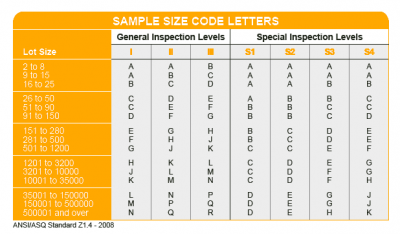 AQL Table | How to Read It
AQL Table | How to Read It TOP 10 Common Defects in Garments Quality Inspection
TOP 10 Common Defects in Garments Quality Inspection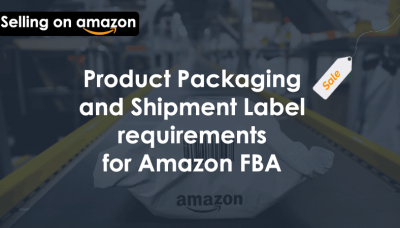 Product Packaging and Shipment Label requirements for Amazon FBA
Product Packaging and Shipment Label requirements for Amazon FBA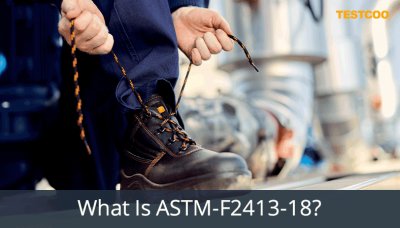 What Is ASTM-F2413-18? Protective Footwear Standard
What Is ASTM-F2413-18? Protective Footwear Standard How to Conduct Third-Party Quality Control Inspections for Electric Scooters
How to Conduct Third-Party Quality Control Inspections for Electric Scooters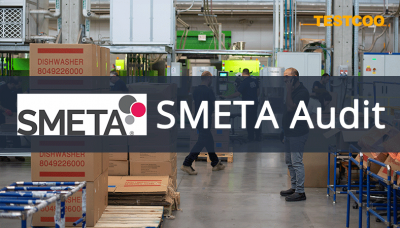 SMETA Audit-What is SMETA Audit?
SMETA Audit-What is SMETA Audit?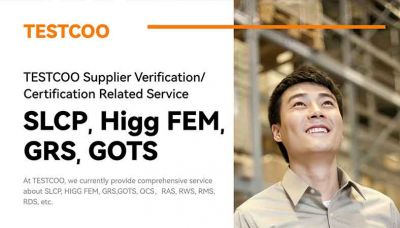 TESTCOO Supplier Verification/Certification Service SLCP, Higg FEM, GRS, GOTS
TESTCOO Supplier Verification/Certification Service SLCP, Higg FEM, GRS, GOTS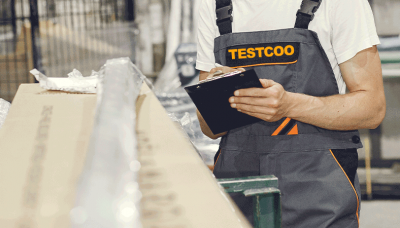 Quality Control Inspection Company in China
Quality Control Inspection Company in China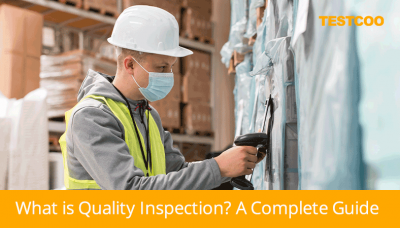 What is Quality Inspection? A Complete Guide
What is Quality Inspection? A Complete Guide Guidelines for Product Inspection in India
Guidelines for Product Inspection in India
Category
- Production Inspection Service
- Factory Audit
- Softline Inspection
- Hardline Inspection
- Electrics Inspection
- Certification
- Checklist
- Manufacturers
- Quality Assurance Basics
- Products Recall
- AQL
- Guidence and Standard
- News
- Supplier Management
- Amazon
- Protective Equipment
- e-commerce quality control
- Indian Manufacturing
- Soft Goods Quality Control
- Supply Chain Management
- Supply Chain Resilience
- E-Commerce Quality Control
- ISO 2859
- Supply Chain Optimization
- Garment Industry
- Higg Index


